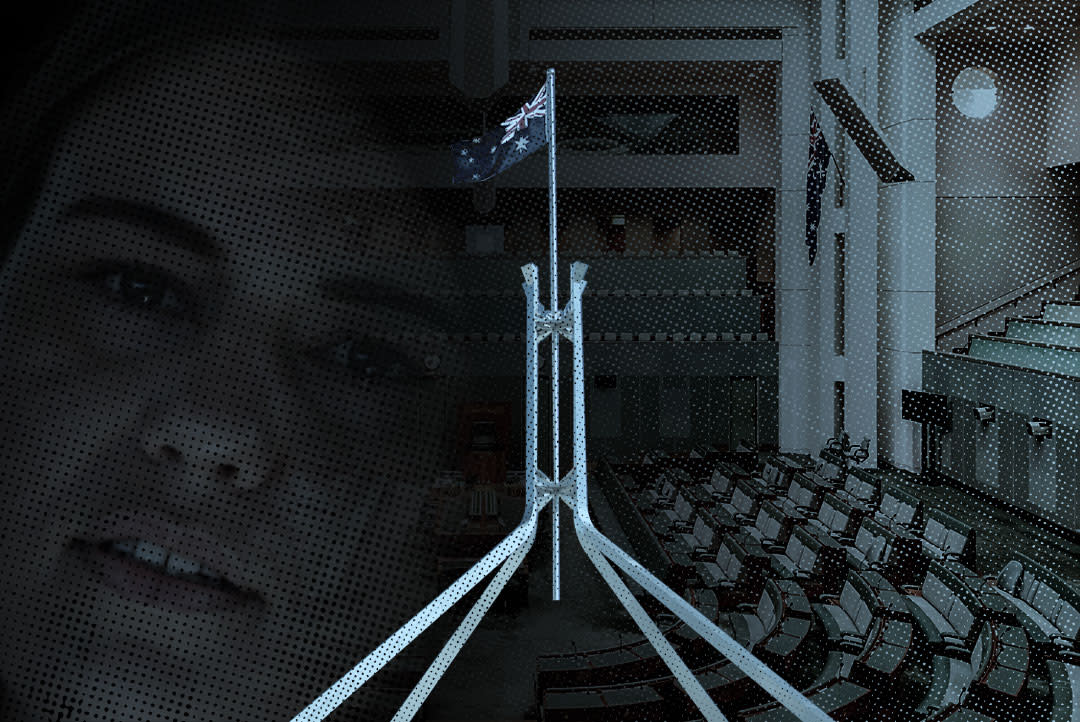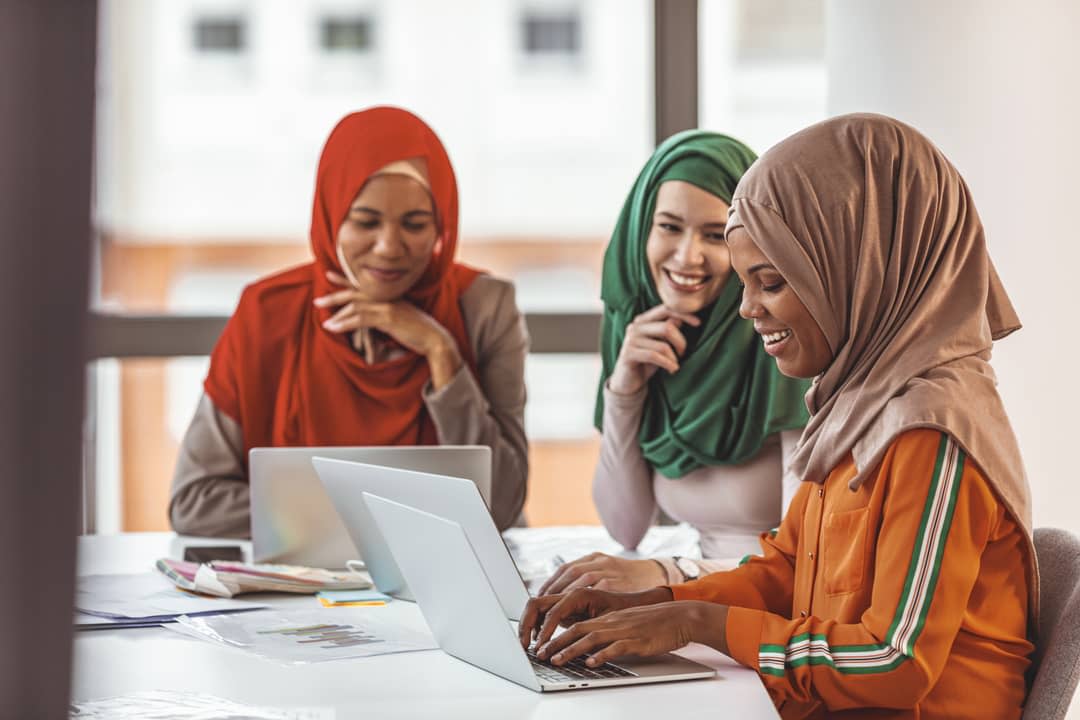The barriers preventing migrant women engaging in Australian politics
As the federal election date draws nearer, it’s almost impossible for Australians to avoid the policies, promises and paraphernalia of political parties and candidates contesting the election.
Since Australia has compulsory voting, every eligible person will be required to participate in the democratic process. But how prepared is every Australian to cast their vote with confidence? In particular, how prepared do women who have migrated to this country as adults feel about participating in the Australian democratic system?
To help answer this, I led a project that examined the perspectives and political aspirations of migrant women.
The stories they shared highlight that more needs to be done to equip women with the confidence to participate in the political system.
What women told us
Participants in this research project were from a Pakistani background who migrated to Australia as adults.
Many spoke about the lack of women’s representation in political landscapes as a barrier.
Politics in Australia has traditionally been a male-dominated sector, and despite recent efforts to increase women’s representation, parity is yet to be achieved.
The gender gap is magnified when it comes to women of colour. For migrant women, “You can’t be what you can’t see” was paramount in the way they engage, or don’t engage, with politics.
I presume the National Press Club will be hastily convened next week to hear bullying allegations against Dan Andrews by Kaushaliya Vaghela.
— PoliBard (@PoliBard) February 12, 2022
Not sure if she's got any evidence, but I don't see that as a stumbling block, given the calibre of our journos.#IStandWithThatPerson pic.twitter.com/RHxsmqssKy
On top of this, participants were astute to notice the unsafe environment for women when they do work in political workspaces, even after they’re elected.
From Julia Gillard to Brittany Higgins, from Gladys Berejiklian to Kaushaliya Vaghela, migrant women are deeply disappointed in the way women are treated in political workplaces.
Participants in this research were quick to draw parallels between the mistreatment of women in political landscapes and Australia’s slogan to work towards gender equality – the two didn’t seem to align.

Currently, Australia’s ranking on the gender equality index is 50th out of 156 countries, gradually falling over the years from 15th in 2006.
In politics, 38% of elected representatives in the federal government and 37% in the states and territories are women.
In local government, about 33% of councillors are women, and only 15% are mayors. These figures are corroborated by the Global Gender Gap Report, which states that 37.8% of women are legislators, senior officials and managers.
What’s been done to clear the path?
Electoral pathways for migrant women’s participation are limited. Political structures aren’t easy to navigate, and they continue to systematically discriminate against female representation.
Political parties have failed to provide mechanisms and processes for women’s representations. And where paths are paved for women, women of colour have to work even harder to be recognised for leadership roles.

There’s consensus that a lack of supportive culture for women in politics is a serious threat to democracy and achieving gender equality. Therefore, creating opportunities for women and addressing unsafe political culture is critical to increasing diverse women’s political engagement.
Women’s engagement in politics has many advantages. For example, women can better articulate policy priorities that are relevant for women and children.
Similarly, female politicians can inspire other women to become increasingly engaged in politics. Representation of diverse voices contribute to a stronger workplace culture and enhance organisational performance.
Research shows that election of candidates from underrepresented groups has many advantages, including a positive impact on policy-making and increased levels of trust in the political system.
What can be done to improve the system?
There’s no simple answer, but there is an obvious one. We first need to acknowledge that there are challenges and barriers for diverse women in Australian political landscapes and, secondly, that diverse women in Australian politics would bring value to our multicultural democratic society.
Currently, political leadership is not representative of the diversity of Australian demographics.
To change the status quo, more investment, financial and strategic, is needed at the grassroots level to build capacity and empower women to take leadership positions.
This includes applying a gender lens as well as a diversity lens to the current structures and culture in political spaces.
There’s a need to bring meaningful change to political party structures. For example, increasing ground-level memberships can create a swell of incoming members which will see diverse women rise through the ranks.
The late Ruth Bader Ginsberg, a feminist and former Associate Justice of the US Supreme Court (1993-2020), said:
“Women belong in all places where decisions are being made.”
We argue that women of colour, women from diverse backgrounds, and women with intersectional identities belong in these places as well.








